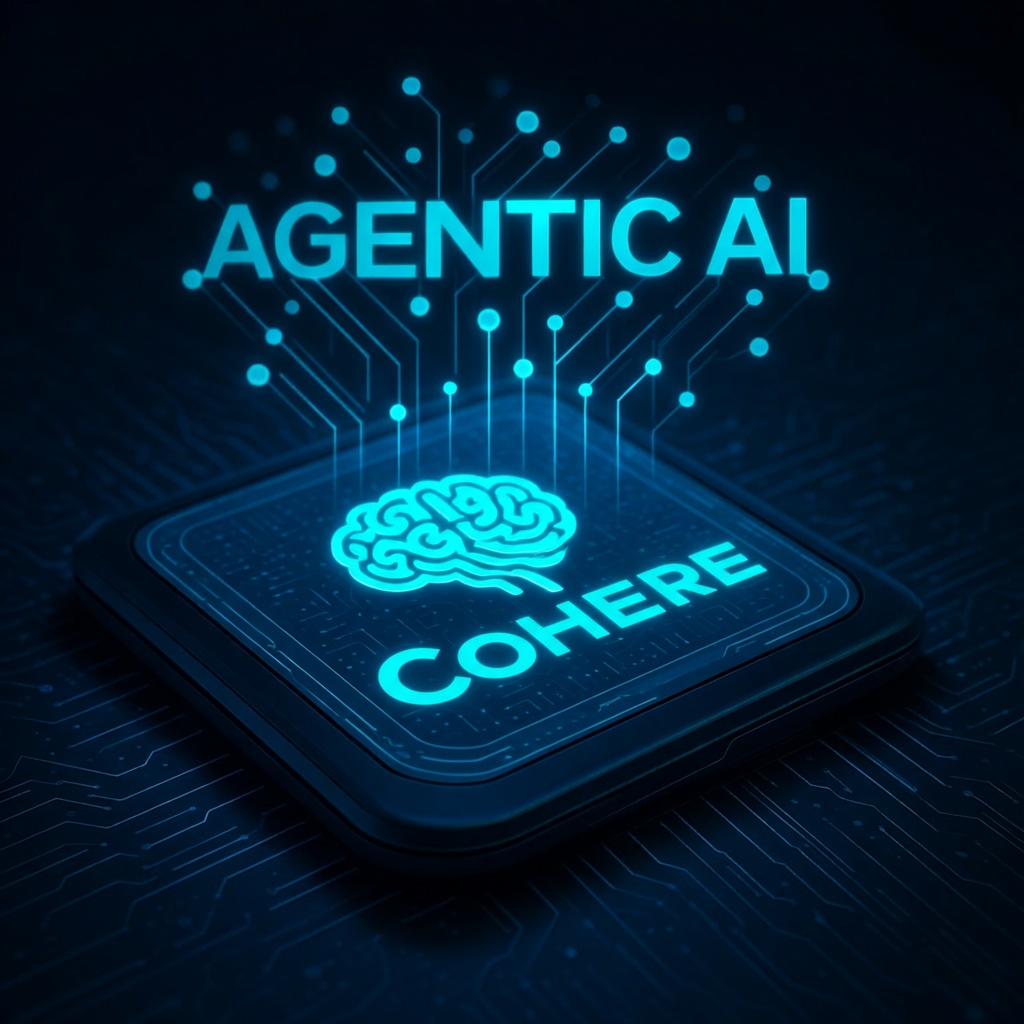Agentic AI & Generative AI: How Should They Function in Your AI Ecosystem?
Preface
Explore the distinctions between Agentic AI and Generative AI, and learn how to effectively integrate both into your AI ecosystem for enhanced autonomy, creativity, and operational efficiency.

Artificial Intelligence has changed the way businesses operate today and not just in operations but AI has integrated itself in strategic decisions to workflows. However, AI has transformed the process of business work but AI has transformed AI. Agentic AI and Generative AI, both have distinct functions but share the same goal- driving business efficiency and competitive growth. A The Editorial Institute, we believe in understanding how these technologies work and complement business, crucial for building a future ready AI-ecosystem.
What is Agentic AI and how will it benefit businesses tomorrow?
Agentic AI refers to a system designed to autonomously plan and carry out tasks towards achieving a business goal. These AI agents can learn from context, making independent decisions and take actions without constant human supervision.
For example, an AI operations manager could monitor supply chain bottlenecks and fix them in real time, preventing delays. In the finance sector, an agentic AI risk officer scans millions of transactions to detect compliance gaps.
Applications of agentic AI:
- Process automation: agentic AI can work with dynamic functions, handle exceptions and optimize workflows beyond the traditional automation systems.
- Strategic decision-making: It can analyze market conditions and suggest active moves, such as handling pricing strategies.
- Supply chain optimization: monitoring inventory and predicting market demands, agentic AI can plan actions autonomously.
- Enabling sales: agentic AI agents can keep a track of leads, schedule follow-ups, and suggest personalized offers making a holistic approach for a consumer.
Enterprises in future will rely on agentic AI for end-to-end automation because organizations today are handling increasingly high amounts of complexity and adopting autonomous systems to reduce the operational friction.
Generative AI
Generative AI refers to a system which is capable of creating new and innovative content with the given data. Be it text, images, codes or even product designs this is where AI flourishes. It uses deep learning models trained on massive datasets to generate outcomes that can even mimic human creativity. In business, Gen AI has found many applications across multiple sectors:
- Content creation: Generative AI can automate copyrighting, create visual and personalize campaigns, a quality which has high potential with marketing firms.
- Product designing: Enterprises use AI-driven simulations and pilot models to design new products which are faster and more cost-effectively. Traditionally, R&D for designing a new product required resources and was costly, but AI has drastically reduced these demands.
- Customer service: intelligent chatbots today are enhanced by generative AI to make customer service engaging and thereby reducing response time making the whole process faster and efficient.
- Software development: Generative AI tools can assist coders and developers by giving suggestions and debugging protocols, improving development cost and speed.
According to McKinsey 2025, more than 75% of businesses have adopted pilots using models of generative AI to enhance operations and customer services. However, generative AI is just one part of the evolving AI ecosystem. While generative AI can create, agentic AI can act on it.
When to use Agentic AI vs. Generative AI
Both AI types have made their place into the AI ecosystem effectively, but the choice of AI depends on the goals of the business.
Use Agentic AI for:
- Creating an autonomous system to manage repetitive tasks which are time-sensitive.
- Making decisions that are required to adapt to real time and sensitive to market fluctuations.
- Aiming to rescue the human oversight in operations while taking care of business agility and resilience.
Use Generative AI:
- Creating personalized marketing content for sale.
- Generating innovative new products or concepts or simulations.
- Businesses that require rapid dynamic insights derived from old traditional patterns.
Building an Effective Ecosystem: Balancing Agentic and Generative AI
Enterprises looking for long term commitment with AI must avoid relying on either one. A future ready approach is to create a balance between Agentic and Generative AI.
- Clear Definition of Roles: Use Gen AI for creativity and ideation, deploy Agentic AI for decision making, execution and autonomous task management.
- Embed Governance: Establish clear AI ethical guidelines and compliance checks that agentic AI can work on with generative outputs.
- Leverage Data: Agentic AI can capture real-time feedback while Gen AI models enforce continuous improving accuracy.
- Define Workflow: Design a pipeline with Gen AI creating outputs and Agentic AI validates and acts on them.
Businesses today are adopting a combination of the AI tools today, not sticking with either one. For instance, AI could draft customer communications, while agentic AI can autonomously schedule and send drafts at optimal timings.
Challenges and Considerations
Both generative AI and Agentic AI are evolving rapidly,but their adoption into enterprise comes with its own challenges:
- Data governance: Both the AI models use clean, secure, and ethical data sources and proper management of data.
- Compliance: Generative AI may inculcate some biases from the data that has been provided, but agentic AI could make flawed decisions based on wrong/biased data which is not well-defined.
- Integration costs: Embedding any AI models requires a proper infrastructure with a well trained staff, careful planning and investment.
- Skill gaps: Organizations need skilled team workers to design, monitor and give a fine structure to the system for integration into AI.
Gartner estimates that by 2026, 40% of enterprises with AI projects may fail due to poor strategy and inadequate infrastructure. This is where expert advice and guidance is necessary.
The Future of AI in Business
AI has become part of business strategy, be it generative AI or agentic AI it is shaping the face of how business looks today. Companies are adopting generative AI to enhance creativity and agentic AI to implement autonomous operational efficiency. Together, the combined forces are forming the backbone of the modern AI ecosystem, maintaining a balance of innovation and execution.
At TEI, we help enterprises move beyond the AI driven transformation, showing leaders where agentic and generative AI deliver real ROI. By guiding CXOs to benchmark, test and scale adoption, we ensure AI fuels growth while strengthening resilience.

